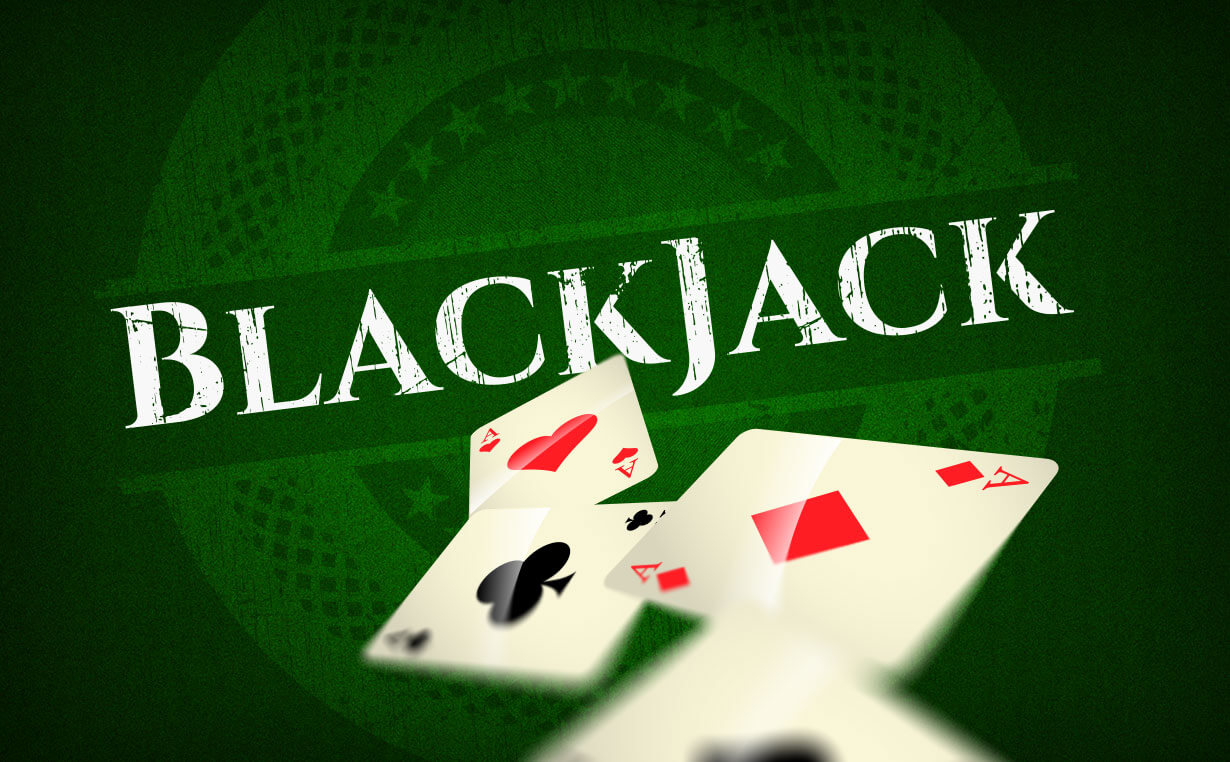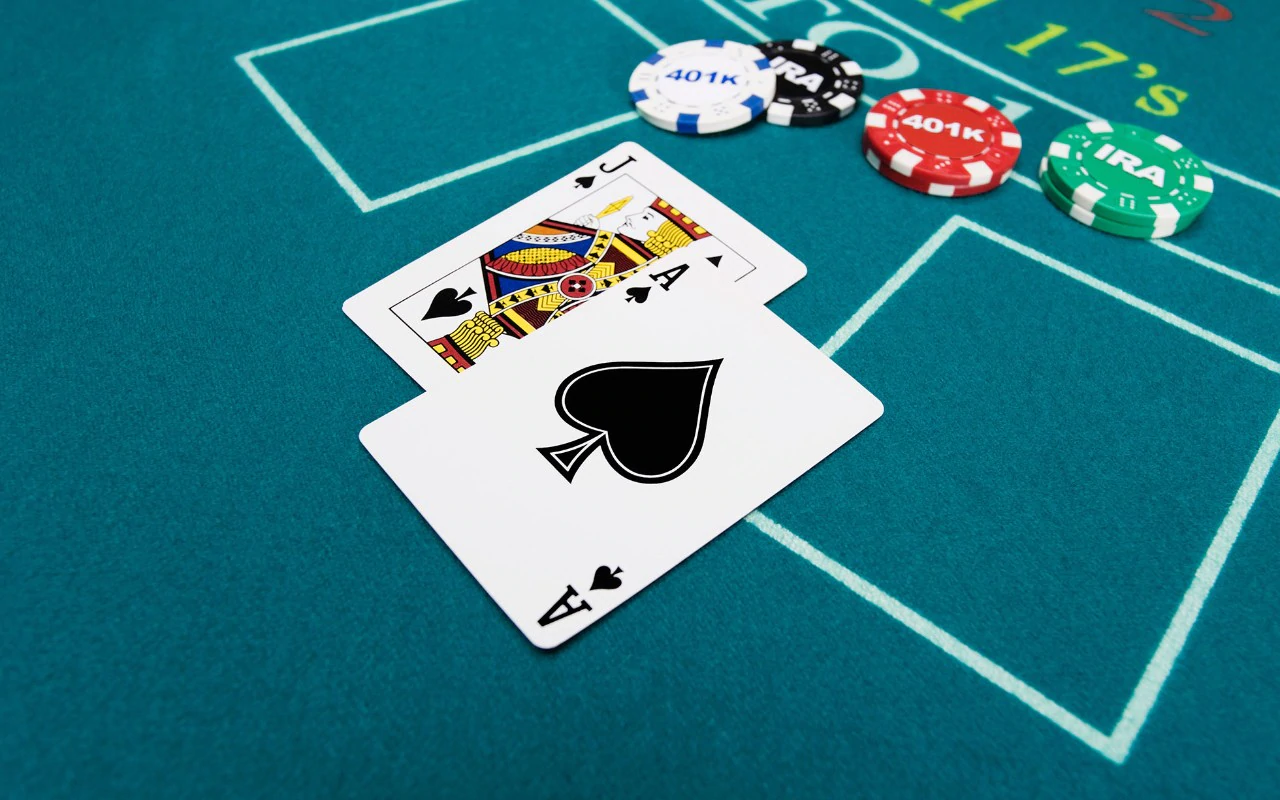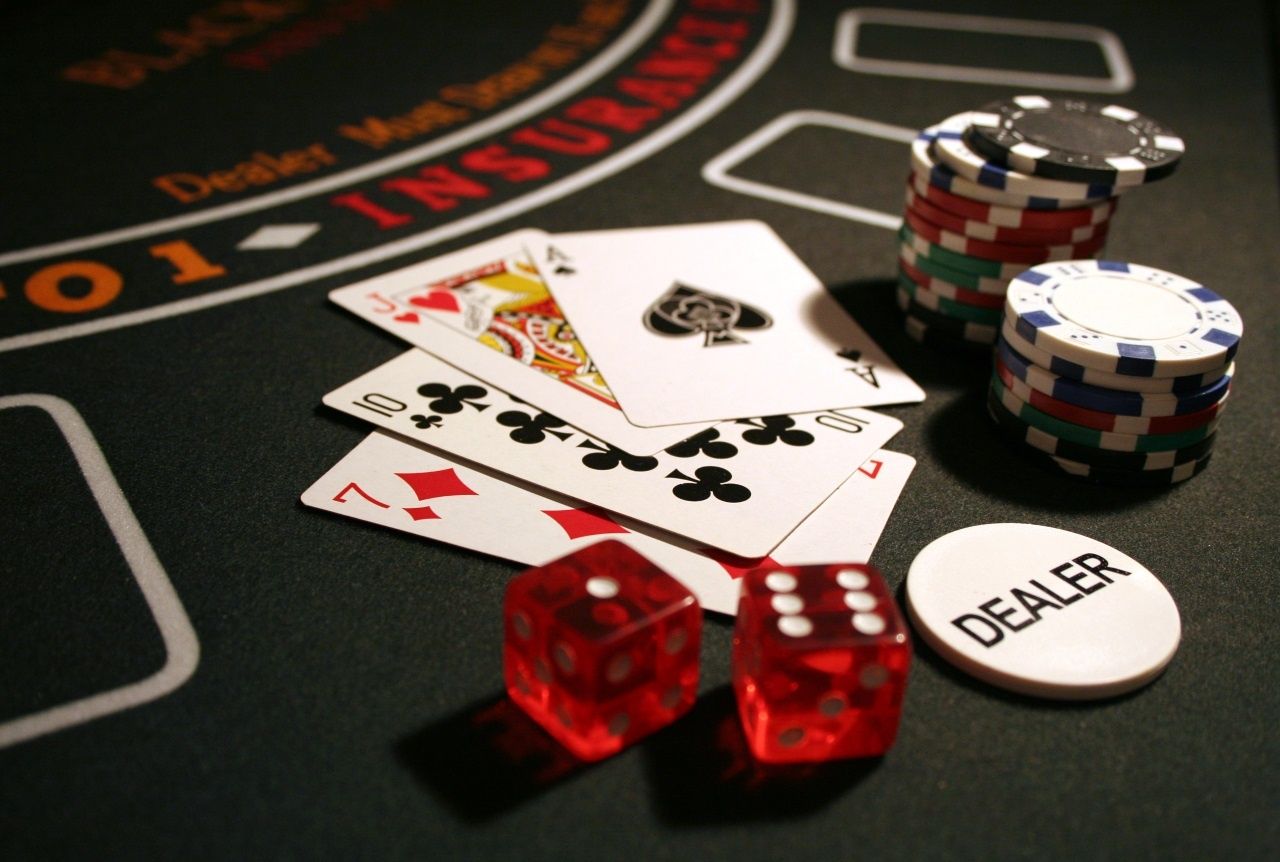Introduction
What Is Das In Blackjack: Blackjack, also known as twenty-one, is a popular card game played in casinos worldwide. It combines strategy, skill, and a bit of luck, making it an enticing choice for both novice and experienced gamblers. As you delve deeper into the world of blackjack, you may come across the term “Das.” DAS, an acronym for Double After Split, is a rule variant that can significantly impact your gameplay and strategy.
In the traditional blackjack, players have the option to double down on their initial hand, which involves doubling their original bet and receiving one additional card. However, DAS takes this concept a step further, allowing players to double down after splitting a pair of cards. This rule introduces an additional layer of strategic complexity to the game, as it can potentially enhance or diminish your chances of success.
By utilizing DAS, players have the opportunity to increase their wagers on favorable hands after splitting them. For example, if you split a pair of eights and receive another eight on one of the split hands, you can then double down on that hand, effectively tripling your initial bet. This rule empowers players to take advantage of advantageous situations and potentially maximize their winnings.Conversely, the DAS rule can also work against players if they split a pair and are dealt unfavorable cards on the subsequent hands. In such cases, the option to double down may not be as advantageous, and players may need to consider alternative strategies to minimize potential losses.

What is Das blackjack?
Double After Split (verses: NDAS, which is NO Double After Split). A rule that is a benefit to the player that allows you to double down after you split a hand.
In blackjack, DAS (Double After Split) refers to a rule variant that allows players to double down on their bets after splitting a pair of cards. While the basic concept of doubling down involves doubling the original bet and receiving one additional card, DAS extends this option to hands that have been split.
When players choose to split a pair, effectively creating two separate hands, DAS enables them to double their bet on each of the split hands individually. This rule can have a significant impact on the strategic decisions players make during the game.
By taking advantage of DAS, players have the opportunity to maximize their winnings in favorable situations. For instance, if a pair of eights is split and another eight is drawn on one of the split hands, players can then double down on that hand, potentially tripling their initial bet.
However, it’s important to note that not all blackjack games or variations include the DAS rule. Casino establishments and online platforms may have different rulesets, so it’s crucial to familiarize yourself with the specific rules before playing. Understanding and effectively utilizing DAS can be a valuable tool in enhancing your blackjack strategy and increasing your chances of success at the table.
What is the DAS rule in blackjack?
In blackjack, DAS stands for Double After Split, and NDAS stands for No Double After Splitting. The DAS rule benefits players and allows them to double down on one or both of their hands after splitting them.
The DAS (Double After Split) rule in blackjack is a variant that allows players to double down on their bets after splitting a pair of cards. Typically, when players are dealt a pair, they have the option to split the cards into two separate hands. With the DAS rule in effect, players can then double their bet on each of the split hands if they choose to do so.
The DAS rule introduces an additional layer of strategy and decision-making in the game. It provides players with the opportunity to increase their wager on a favorable hand after splitting, potentially maximizing their potential winnings. For example, if a pair of eights is split and an additional eight is drawn on one of the split hands, players can double down on that hand, effectively tripling their initial bet.
However, it’s important to note that the DAS rule is not universally applied in all blackjack games or variations. Different casinos and online platforms may have their own rulesets, so it’s essential to familiarize yourself with the specific rules before playing. Understanding and utilizing the DAS rule effectively can be advantageous in optimizing your blackjack strategy and improving your overall chances of success at the table.

What is Das vs Ndas in blackjack?
Double After Split (verses: NDAS, which is NO Double After Split). A rule that is a benefit to the player that allows you to double down after you split a hand.
DAS, as the name suggests, allows players to double down on their bets after splitting. This means that if a player splits a pair and receives a favorable card on one of the split hands, they can choose to double their bet on that specific hand. DAS provides an opportunity to maximize potential winnings in favorable situations and adds an extra layer of strategic decision-making.
On the other hand, NDAS, or No Double After Split, prohibits players from doubling down after splitting a pair. In this rule variant, players can still split their cards but are not allowed to double their bet on any of the split hands. This restriction limits the player’s ability to increase their wager on potentially advantageous split hands.
It’s important to note that the specific rules of DAS and NDAS may vary depending on the casino or online platform where the blackjack game is being played. It’s always recommended to familiarize yourself with the rules of the game before playing to understand which variant is in effect and adjust your strategy accordingly.
Can you split then double down?
If you split a pair of Aces, you can only be dealt an extra card and won’t have the option to hit, double down or split any further. You must, therefore, work with the cards dealt. If you split a hand, you cannot split or double down further.
When you are dealt a pair in blackjack, you have the option to split the cards into two separate hands. Each hand is then treated independently, and you play them one at a time. After splitting, if you receive a favorable card on one of the split hands and wish to double down, you can do so. This means you can double your bet on that specific hand and receive one additional card.
However, it’s important to note that not all blackjack games or variations allow for doubling down after splitting. The specific rules may vary depending on the casino or online platform. Some games may implement the DAS (Double After Split) rule, which allows for doubling down after splitting, while others may have the NDAS (No Double After Split) rule, which prohibits doubling down on split hands.
To ensure you understand the rules of the game you are playing, it’s recommended to review the specific rules before placing your bets and making strategic decisions.
How many times can you double down in blackjack?
Doubling down is making a bet equal to your initial wager after being dealt your first 2 cards. You only get dealt 1 more card and cannot hit. Double down if your cards total 9, 10, or 11 without an ace. You can also double down if your cards total 16, 17, or 18 when you have an ace.
In blackjack, the number of times you can double down is typically limited to one per hand. After receiving your initial two cards, you have the option to double down by doubling your original bet and receiving one additional card.
Once you have doubled down, you cannot take any further actions on that hand. This means you cannot draw any additional cards or make any additional bets on that particular hand.
It’s important to note that not all blackjack games or variations may allow for doubling down. Some games may have restrictions on when and on which hands you can double down. Additionally, the specific rules regarding doubling down can vary depending on the casino or online platform where you are playing.

When not to double down in blackjack?
Never double down when you’re showing anything higher than an 11, as the chances of going bust are too high to risk. It’s better to simply hit or stick on a lower total, and then hope that the dealer goes bust. Basically, if you’re ever unsure whether to double down, stick to the safe option and keep your bet as it is.
While doubling down in blackjack can be a powerful move to increase your potential winnings, there are situations where it is generally advised not to double down. Here are a few scenarios when you might want to avoid doubling down:
Weak Starting Hand: If your initial two cards have a low value, such as a total of 5 or 6, it’s generally not advisable to double down. Doubling down in this situation would expose you to a higher risk of busting, as the likelihood of drawing a low-value card is significant.
Dealer Showing Strong Upcard: If the dealer has a strong upcard, such as a 9, 10, or an Ace, doubling down may not be favorable. The dealer’s strong card increases the likelihood of them having a strong hand, making it risky to double your bet.
Soft Hands: A soft hand is a hand that contains an Ace that can be counted as either 1 or 11. When you have a soft hand, it is generally better to be cautious with doubling down. The flexibility of the Ace allows for adjustments during the hand, and doubling down may not always be the most advantageous choice.
Insufficient Funds: It’s essential to manage your bankroll effectively in blackjack. If doubling down would leave you with an insufficient amount of funds to continue playing comfortably, it’s better to refrain from doubling down and preserve your bankroll for future hands.
Remember, the decision to double down ultimately depends on the specific circumstances and the specific rules of the game you are playing. It’s always wise to consider the value of your hand, the dealer’s upcard, and your overall strategy before making the decision to double down in blackjack.
How many times can I double down?
You only get dealt 1 more card and cannot hit. Double down if your cards total 9, 10, or 11 without an ace. You can also double down if your cards total 16, 17, or 18 when you have an ace. Never double down if the dealer has an ace or if your cards total more than 11.
In traditional blackjack, you are typically allowed to double down on your original bet only once per hand. After receiving your initial two cards, you have the opportunity to double your bet and receive one additional card. Once you have doubled down, you cannot take any further actions on that hand.
It’s important to note that the ability to double down may vary depending on the specific rules of the game you are playing. Some blackjack variations or specific tables may have additional rules that allow for more liberal doubling down options. For instance, there might be games that permit doubling down after splitting a pair or allow for doubling down on any two cards, not just the initial two.
To ensure you understand the doubling down rules in the specific game you are playing, it’s best to review the rules provided by the casino or online platform. Familiarizing yourself with the specific rules beforehand allows you to make informed decisions and maximize your opportunities for strategic play.
Why do you always double down on 11?
As the player and dealer aim to get as close to 21 as possible in order to win the hand, the player is in a strong position when holding 11 after two cards are dealt. If the dealer is showing a lower card than a 10, it is good strategy to double down.
Here are a few reasons why doubling down on 11 is generally recommended:
- High Probability of Improving Hand: When you have a total of 11, you are in a strong position since there are only four cards (2, 3, 4, 5) that will not improve your hand. The likelihood of drawing a card that gives you a strong hand, such as a 10-value card, is relatively high.
- Capitalizing on Dealer’s Weak Upcard: The dealer’s upcard plays a significant role in your decision-making. When the dealer has a weak upcard, such as 2 through 6, they are more likely to bust. By doubling down on 11, you increase your bet size and put additional pressure on the dealer, capitalizing on their potential weakness.
- Positive Expected Value: Over the long run, doubling down on 11 has a positive expected value. It means that statistically, you are expected to win more money than you lose by doubling down on 11 in the long term.

Conclusion
The concept of DAS (Double After Split) in blackjack adds an additional layer of complexity and strategy to the game. This rule variant allows players to double down on their bets after splitting a pair of cards. By utilizing DAS effectively, players can capitalize on advantageous situations and potentially maximize their winnings.
Understanding when to employ DAS is crucial for players seeking to optimize their blackjack strategy. It requires a careful evaluation of the initial hand, the potential outcomes of splitting, and the likelihood of receiving favorable cards on the subsequent hands. Incorporating DAS into your gameplay can enhance your ability to adapt to different scenarios and make more informed betting decisions.
However, it’s important to note that DAS may not be available in all blackjack games or variations. Different casinos and online platforms may have their own rulesets, so it’s essential to familiarize yourself with the specific rules before playing. DAS introduces an intriguing dynamic to the game of blackjack, providing players with the opportunity to double down after splitting a pair. By mastering this rule variant and incorporating it into your strategy, you can elevate your blackjack skills and potentially improve your overall chances of success at the table.










